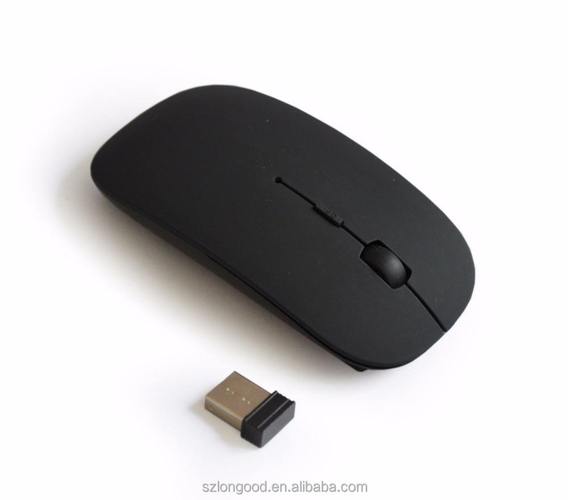Mouse Models Cro: A Comprehensive Overview
Mouse models have been instrumental in advancing our understanding of human diseases and developing potential therapeutic interventions. One such model, known as Mouse Models Cro, has gained significant attention in the scientific community. In this article, we delve into the various aspects of Mouse Models Cro, exploring its significance, applications, and the latest research findings.
What is Mouse Models Cro?
Mouse Models Cro refers to a collection of genetically modified mice that have been engineered to mimic certain aspects of human diseases, particularly those related to the crohn’s disease. These models are created by introducing specific genetic mutations or manipulating the mouse’s immune system to replicate the disease process in humans.
![]()
Genetic Engineering Techniques
Genetic engineering plays a crucial role in the creation of Mouse Models Cro. Several techniques are employed to introduce the desired genetic changes in mice. These include:
-
CRISPR-Cas9: This revolutionary gene-editing tool allows scientists to make precise changes to the mouse’s genome, introducing or deleting specific genes.
-
Transgenic mice: These mice carry a foreign gene inserted into their genome, enabling the expression of a particular protein or trait.
-
Knockout mice: These mice have a gene specifically deleted, leading to the loss of a particular protein or trait.

Applications of Mouse Models Cro
Mouse Models Cro have numerous applications in the field of biomedical research. Some of the key areas where these models are utilized include:
-
Understanding disease mechanisms: By studying the behavior and progression of the disease in mice, researchers can gain insights into the underlying mechanisms of crohn’s disease and other related conditions.
-
Drug discovery and development: Mouse Models Cro serve as valuable tools for testing potential therapeutic agents. Researchers can evaluate the efficacy and safety of new drugs in these models before moving on to clinical trials.
-
Immunotherapy research: These models are particularly useful for studying the effects of immunotherapies, as they closely mimic the human immune response.
Advantages of Mouse Models Cro
Compared to other animal models, Mouse Models Cro offer several advantages:
-
Genetic similarity: Mice share a high degree of genetic similarity with humans, making them suitable for studying human diseases.
-
Short generation time: Mice have a relatively short generation time, allowing researchers to study disease progression and treatment effects over multiple generations.
-
Cost-effectiveness: Mice are relatively inexpensive to maintain and breed, making them an accessible model for researchers with limited resources.
Limitations of Mouse Models Cro
Despite their advantages, Mouse Models Cro also have certain limitations:
-
Genetic differences: While mice share a high degree of genetic similarity with humans, there are still significant differences that can affect the relevance of findings to human diseases.
-
Complexity of human diseases: Human diseases are often multifactorial and influenced by environmental factors, which may not be fully captured in mouse models.
Latest Research Findings
Recent research on Mouse Models Cro has provided valuable insights into the disease process and potential therapeutic approaches. Some of the key findings include:
-
Genetic predisposition: Studies have identified specific genetic mutations that predispose mice to develop crohn’s disease, providing potential targets for therapeutic intervention.
-
Immune system manipulation: Research has shown that manipulating the mouse’s immune system can lead to the development of crohn’s disease, offering insights into the role of the immune system in the disease process.
-
Therapeutic interventions: Several studies have evaluated the efficacy of various therapeutic agents in Mouse Models Cro, providing valuable information for the development of new treatments.
Conclusion
Mouse Models Cro have emerged as a valuable tool in the study of crohn’s disease and other related conditions. By providing a closer approximation of the human disease process, these models have facilitated significant advancements in our understanding of the disease and the development of potential therapeutic interventions. As research continues to evolve, Mouse Models Cro will undoubtedly play a crucial role in advancing our knowledge and improving patient outcomes.












